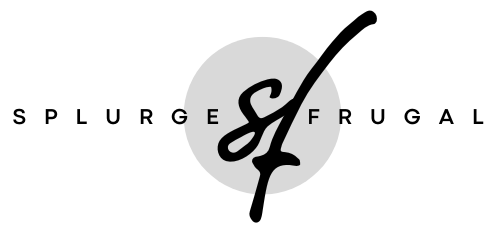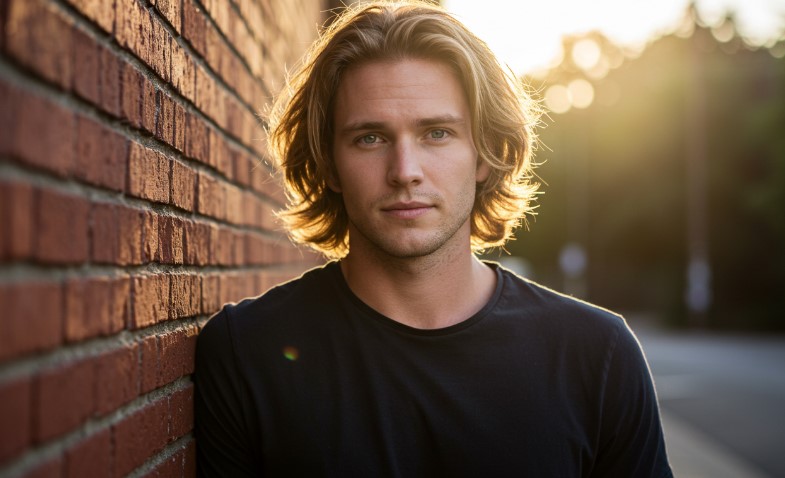Effortless, versatile, and bold—longer hairstyles are redefining modern grooming. Celebrities like Timothée Chalamet and Brad Pitt have embraced flowing locks, proving this trend works for all ages. Their looks blend sophistication with a relaxed vibe, making it clear why these styles dominate 2025 fashion.
Growing out hair requires patience and strategy. Many guys struggle with awkward phases or improper maintenance. Choosing the right cut early helps avoid uneven growth. Texture and face shape matter—wavy layers might suit round faces, while straight cuts could complement angular features.
Styling options range from messy buns for casual days to polished ponytails for formal events. Products like sea salt spray add texture, while lightweight oils tame frizz. Regular trims prevent split ends without sacrificing length.
Professional stylists recommend tailored routines based on hair type, and some other factors, including your height. Thin strands benefit from volumizing shampoos, whereas thick curls need deep conditioning. The goal? A look that feels authentic yet manageable for daily life.
Key Takeaways
- Longer hairstyles are trending in 2025, popularized by celebrities and adaptable to various ages.
- Proper cutting techniques and face shape analysis ensure a flattering result.
- Styling versatility allows transitions between casual and formal settings.
- Specialized products and trims maintain healthy, polished lengths.
- Consulting professionals streamlines the growth process and avoids common pitfalls.
Top Long Hairstyles for a Trendy Look
From boardrooms to casual outings, extended lengths offer unmatched adaptability in personal expression. Two foundational styles dominate this space: sleek straight strands and natural curls. Both options provide distinct advantages while maintaining a polished appearance.
Long Straight Hair
Straight styles act as the ultimate versatile foundation for newcomers. This timeless choice works across ages and face shapes, requiring only basic brushing and occasional trims. Its clean lines pair equally well with tailored suits or weekend denim.
Long Curly Hair
Natural textures shine when allowed to flow freely. Defined ringlets or loose waves create dimension without daily styling battles. Professionals recommend products like Goldwell Style Sign Curl Splash Hydrating Curl Gel to enhance shape while controlling frizz.
Heat protection remains crucial for both styles. Lightweight serums shield strands during occasional blowouts. Regular conditioning preserves elasticity, especially for coiled patterns. These approaches let wearers maintain healthy lengths while exploring different looks.
Effortless Care and Maintenance Tips
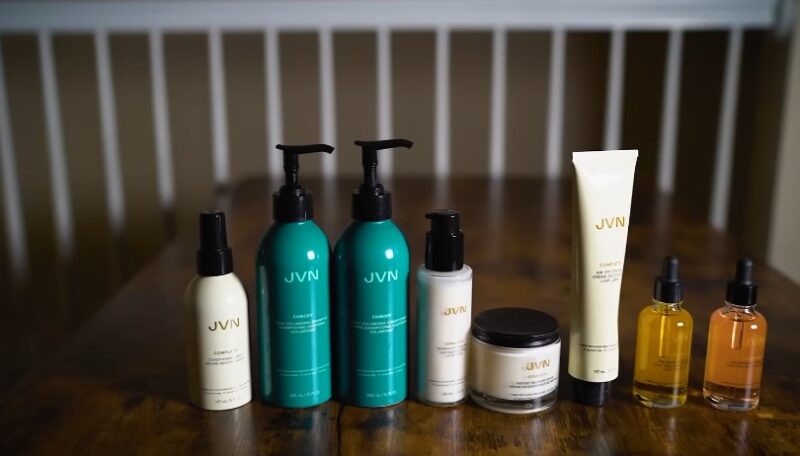
Keeping strands healthy demands smart routines. Start with heat protection—apply sprays before blow-drying or straightening. Goldwell’s Dualsenses Just Smooth 6 Effects Serum fights frizz while sealing moisture. Regular trims every two months stop split ends from worsening.
Drying methods matter. Gently squeeze locks with microfiber towels instead of rough rubbing. Air-drying preserves natural texture, but if using heat tools, keep temperatures below 300°F. Nighttime habits also count—silk pillowcases reduce friction and morning tangles.
| Product | Purpose | Frequency |
|---|---|---|
| Heat protectant spray | Shields from styling tools | Daily use |
| Anti-frizz serum | Smooths flyaways | After washing |
| Microfiber towel | Gentle drying | Every shower |
| Silk pillowcase | Reduces breakage | Nightly |
| Leave-in conditioner | Hydrates ends | 2-3 times weekly |
Nutrition plays a role too. Foods rich in biotin and omega-3s strengthen strands from within. Hydration keeps scalps balanced, preventing dryness or excess oil. Pair these habits with sulfate-free shampoos for lasting results.
Consistency beats complexity. Simple steps like detangling before showers and using wide-tooth combs prevent damage. Tailor products to your texture—thick curls need heavier creams, while fine types thrive with lightweight sprays.
Men’s Long Hair Styling Guide
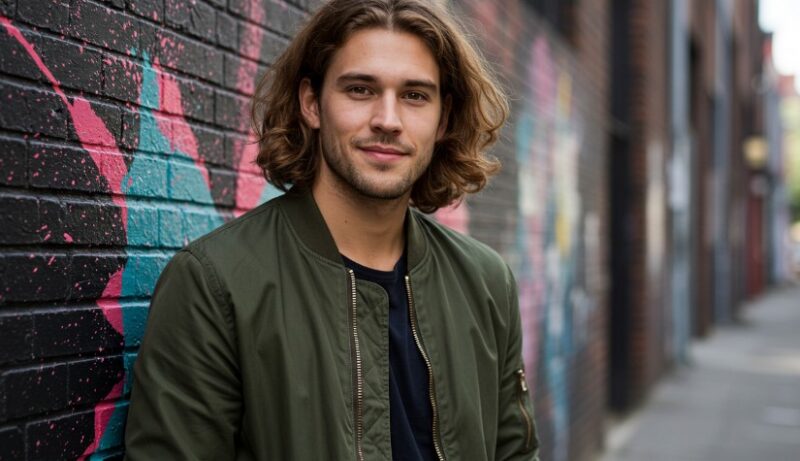
Transforming flowing locks into polished looks starts with understanding your texture and tools. Pomades create structured quiffs, while gels deliver sleekness for slicked-back styles. Wave-enhancing sprays add definition to natural curls, and texturizing products give classic waves modern edge.
Product layering unlocks versatility. Begin with heat-protectant serums when blow-drying. Follow with leave-in conditioners for hydration. Finish with hold products like matte pastes for casual days or high-shine pomades for events. This step-by-step approach ensures styles last through humidity or activity.
Timing matters. Apply products to damp strands for even distribution. Use wide-tooth combs to direct cowlicks naturally. For volume, flip hair forward while blow-drying roots. Cool shots from dryers set shapes permanently.
Adapt techniques to daily needs. Quick finger-combing creates relaxed texture for errands. Neat ponytails with concealed elastics work for meetings. Regular trims maintain shape without sacrificing length—schedule them every 8 weeks.
Modern Looks with Undercuts and Fades
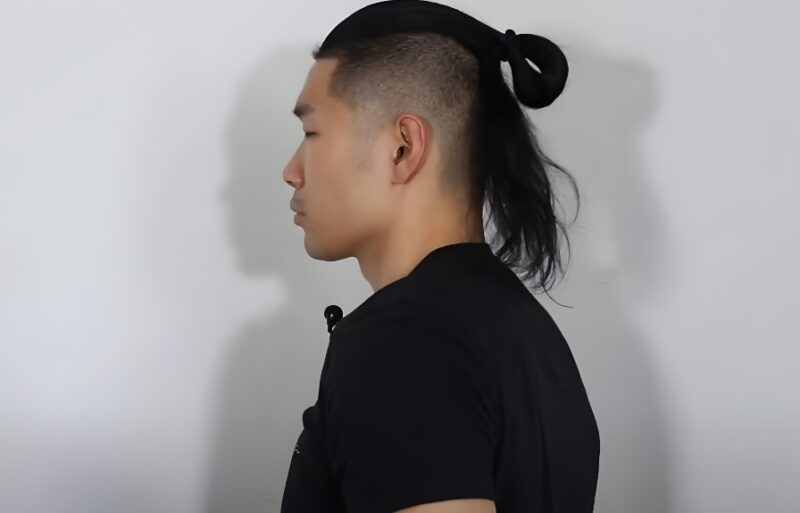
Combining structured precision with flowing locks creates head-turning contrasts. These techniques refresh classic styles through sharp transitions between lengths. The result? Looks that balance rebellious energy with refined polish.
Long Hair with an Undercut
Undercuts pair buzzed sides with voluminous tops for instant edge. This undercut fade technique requires expert blending to avoid harsh lines. Maintenance trims every 3-4 weeks keep designs crisp.
Styling options expand with this contrast. Slicked-back tops emphasize texture, while loose waves soften angular cuts. Matte products work best for casual texture, while high-shine gels perfect formal looks.
Long Hair with a Fade
Fades create smooth gradients from skin-tight to full lengths. High fades suit oval faces, while low versions complement square jawlines. Professionals use clipper guards to achieve seamless transitions.
This style thrives on customization. Tapered necklines or temple designs add personal flair. Weekly trims maintain clean edges, though roots need touch-ups every 6 weeks.
| Feature | Undercut | Fade |
|---|---|---|
| Contrast Level | High (abrupt length change) | Medium (gradual shift) |
| Maintenance Frequency | 3-4 weeks | 2-3 weeks |
| Styling Flexibility | Versatile textures | Structured precision |
| Face Shape Match | Round/oval | Square/angular |
Both styles demand quality tools and skilled hands. Home trims often lead to uneven results—consult specialists for balanced proportions. Regular conditioning prevents dryness in buzzed areas.
Iconic Man Bun and Ponytail Styles
Elevate your style with two timeless updos that balance function and flair. These looks transition seamlessly from gym sessions to gallery openings while keeping strands tidy. Modern iterations prioritize comfort and adaptability over rigid perfection.
Classic Man Bun
The 2025 update favors relaxed, low-positioned buns over stiff topknots. Leonardo DiCaprio demonstrates how slicked-back versions sharpen jawlines for square or triangular faces. Messier styles, like Harry Styles’ signature look, soften angular features on oval or elongated shapes.
Men’s Ponytail
Professional settings demand polished alternatives to loose strands. Mid-height placements at the crown maintain authority without appearing severe. Swap elastic bands for spiral ties—their grip prevents breakage while distributing tension evenly across the scalp.
| Feature | Man Bun | Ponytail |
|---|---|---|
| Styling Time | 2-4 minutes | Under 1 minute |
| Maintenance | Weekly trims | Daily brushing |
| Best Occasion | Casual events | Work meetings |
| Face Shapes | Square/Oval | All types |
Texture determines product choices. Fine hair needs light-hold mousse to avoid limpness, while thick types require strong-hold gels. Always apply heat protectant before blow-drying updos into place.
Layered, Textured, and Shag Haircuts
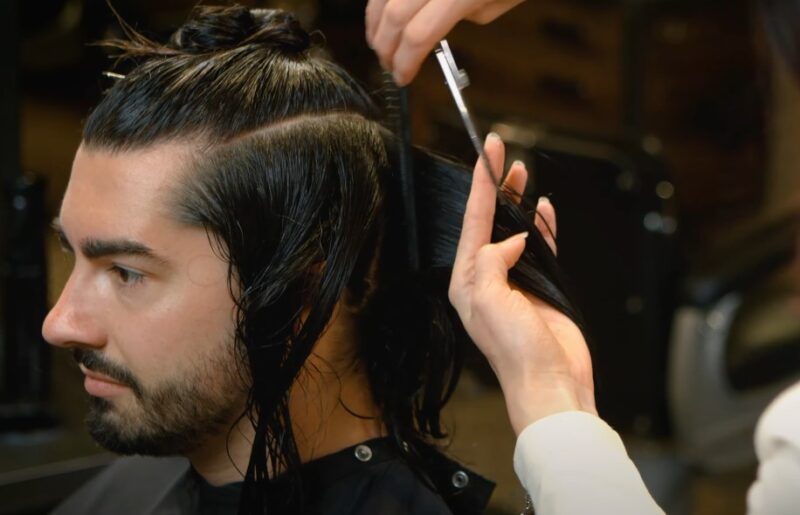
Mastering dimension through strategic cutting techniques unlocks style potential for various textures and densities. These approaches balance structure with organic movement, offering solutions for both thinning strands and bulky masses.
Long Layered Hair
Layered cuts create visual depth for finer textures. Strategic length variations add bounce at the roots and movement through the ends. Goldwell’s Double Boost Root Lift Spray lifts strands at the base, maximizing the haircut’s volumizing effect.
Shag Haircut
This retro-modern hybrid thrives on controlled chaos. Razor-cut layers remove weight from thick hair while preserving edge. Stylists often pair it with texturizing pastes to enhance separation and create lived-in appeal.
| Feature | Layered Cut | Shag Cut |
|---|---|---|
| Best For | Fine/medium textures | Thick/coarse types |
| Maintenance | 6-week trims | 4-5 week touch-ups |
| Key Benefit | Volume enhancement | Bulk reduction |
| Styling Focus | Root lift products | Texturizing creams |
Professional execution matters. Uneven layering can create unwanted choppiness, while precise graduation ensures seamless blending. Always consult stylists experienced with textured male cuts.
Styling versatility shines here. Use sea salt spray for beachy waves in layered looks, or matte clay to define shaggy ends. Both styles adapt effortlessly from daytime casual to evening sharp.
Innovative Trends: Ombre, Braids, and Highlights
View this post on Instagram
Creative styling meets practicality in 2025’s standout trends. These techniques add personality while solving common challenges like face-flattering shapes and daily maintenance. From red carpets to streetwear, they’re reshaping how textured locks make statements.
Braids for Men
Jason Momoa’s Academy Awards appearance proved braids aren’t just functional—they’re fashion-forward. Versatile braiding techniques keep strands tidy during workouts or workdays. French styles offer beginner-friendly complexity, while cornrows deliver sharp edge with minimal daily effort.
Ombre Hair with a Pop of Color
Subtle gradients add depth to solid hues without drastic changes. Buttery blondes or rich burgundies frame faces while reducing bulkiness. Pro tip: Start with darker roots for low-maintenance grow-out. Salon applications ensure seamless blends that mirror natural sun-kissed effects.
Both trends prioritize adaptability. Braids suit active lifestyles, while ombre refreshes looks between cuts. Pair them for head-turning contrast or use separately to elevate everyday style effortlessly.
